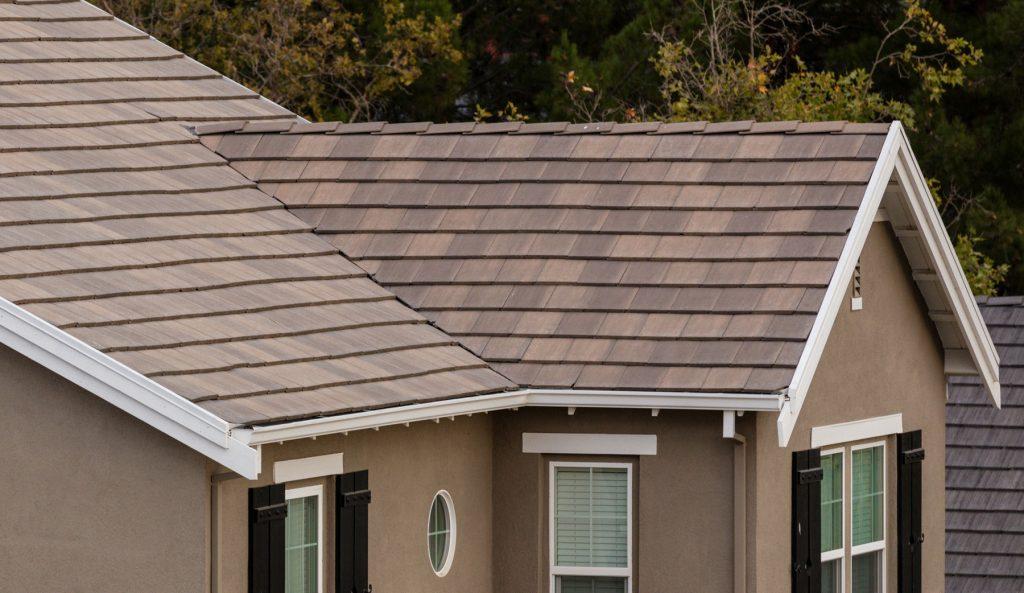Regular roof inspections are essential for maintaining the integrity and longevity of your shingle roof. As the first line of defense against the elements, your roof plays a crucial role in protecting your home and belongings. Conducting a thorough shingle roof inspection can help you identify any issues early on and address them before they escalate into more significant problems. In this article, we will provide you with a comprehensive shingle roof inspection checklist to ensure that your roof remains in top condition and continues to safeguard your home for years to come.

The Importance of Shingle Roof Inspections:
Your roof is constantly exposed to various weather conditions, from scorching heat and UV rays to heavy rain, strong winds, and even snow. Over time, these elements can take a toll on your shingle roof, causing wear and tear, damage, and potential leaks. Regular roof inspections allow you to detect and fix problems early, preventing costly repairs and extending the lifespan of your roof.
Additionally, many roofing warranties require homeowners to conduct regular inspections and maintenance to keep the warranty valid. By adhering to a shingle roof inspection checklist, you not only ensure the safety of your home but also protect your investment and maintain the warranty coverage.
When to Perform Shingle Roof Inspections
Performing shingle roof inspections at the right intervals is crucial for catching issues before they worsen. Here are the recommended timings for roof inspections:
- Spring: Inspect your roof after winter, as harsh weather conditions may have caused damage. Look for signs of ice damming, missing shingles, and potential leaks.
- Fall: Conduct another inspection before the winter season begins. Address any damage from summer storms and ensure your roof is ready to withstand winter weather.
- After Severe Weather Events: If your area experiences a severe storm, inspect your roof immediately afterward to assess any damage from strong winds, hail, or falling debris.
Shingle Roof Inspection Checklist
- Exterior Inspection:
Start by examining the exterior of your roof from the ground. Use binoculars if necessary to get a closer look at the shingles. Look for the following issues:
- Missing or damaged shingles: Check for any shingles that are cracked, curled, or completely missing.
- Moss or algae growth: Moss can trap moisture and cause shingles to deteriorate over time.
- Flashing problems: Ensure that the flashing around chimneys, vents, and skylights is secure and free from cracks.
- Sagging areas: Look for any areas of the roof that appear to be sagging, as this could indicate underlying structural issues.
- Interior Inspection:
Next, move inside your home and inspect the ceilings and attic for signs of roof leaks and water damage. Look for:
- Water stains or discoloration on ceilings and walls.
- Damp or musty smells in the attic, which could indicate a leak.
- Light coming through the roof boards in the attic, indicating possible holes or gaps.
- Gutter Inspection:
Clean and inspect your gutters regularly, especially after storms, to ensure they are free from debris. Clogged gutters can cause water to back up and damage your roof.
Addressing Shingle Roof Issues
If you discover any problems during your shingle roof inspection, it’s essential to address them promptly. Minor issues like missing shingles or small leaks can often be repaired by a professional roofing contractor. However, if your roof is approaching the end of its lifespan or has extensive damage, a roof replacement may be necessary to avoid further issues and costly repairs.
Conclusion
Regular shingle roof inspections are an integral part of maintaining a healthy and long-lasting roof. By following this comprehensive shingle roof inspection checklist, you can catch problems early and ensure your roof continues to protect your home effectively. Remember that safety should always be a priority, so if you are uncomfortable inspecting your roof yourself, it’s best to hire a professional roofing contractor to do the job. With proper care and attention, your shingle roof will serve you well for many years to come.



Leave a Reply